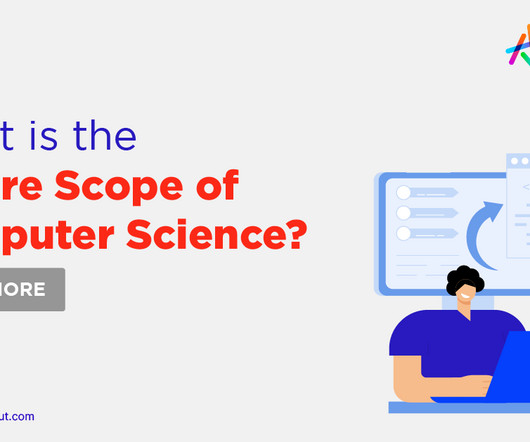Data – the Octane Accelerating Intelligent Connected Vehicles
Cloudera
FEBRUARY 8, 2021
billion by 2027, registering a CAGR of 17.1% from 2020 to 2027. The diagram below summarizes a dynamic machine learning life cycle in which the connected vehicles ML algorithms model accuracy is continuously improved through a fully integrated machine learning lifecycle. billion in 2019, and is projected to reach $225.16












Let's personalize your content